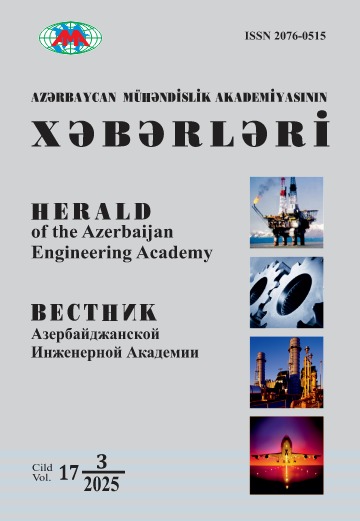Theoretical and Experimental Study of Cooling of Brake Friction Pairs
DOI:
https://doi.org/10.52171/herald261Keywords:
disc-shoe brake, friction pair, thermal model, surface and subsurface layersAbstract
Theoretical and experimental studies of the dynamics of convective heat transfer in the friction pairs of moving vehicle brakes washed by air flows have made it possible to determine: the choice of the method of thermal similarity theory with its theorems, boundary conditions, dimensionless criteria and, in this case, the obtained criteria equation for assessing convective heat transfer in friction pairs of a vehicle drum-shoe brake; the heat load of cyclic and long-term braking modes with their features of vehicles according to UNECE Regulation No.13 is affected by the formation of dynamic and thermal layers of varying thickness on the matte and polished surfaces of the drum rim, which affects the intensity of their heat exchange; with increasing time of action of pulsed electric and thermal currents, the thickness of the electrothermal layers also increases; due to the lower thermal conductivity coefficient of the lining materials than the drum rim material, the thickness of the thermal layer in the near-surface layer in the lining is on average 26% less; when comparing electrical and thermal layers, it is clear that the thickness of the thermal layer is an order of magnitude higher than the thickness of the electrical layer, which has been confirmed by numerous studies.
Downloads
Published
How to Cite
Issue
Section
License

This work is licensed under a Creative Commons Attribution-NonCommercial 4.0 International License.



